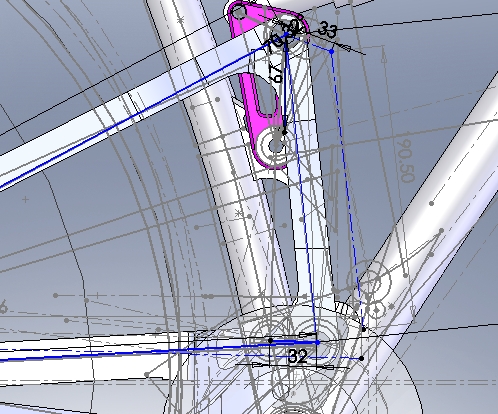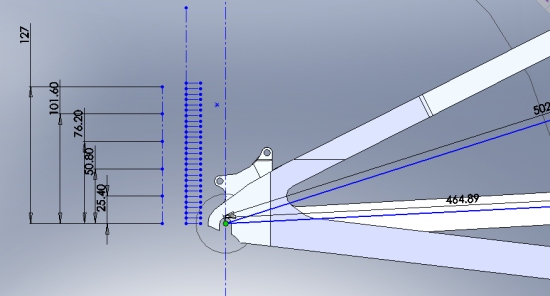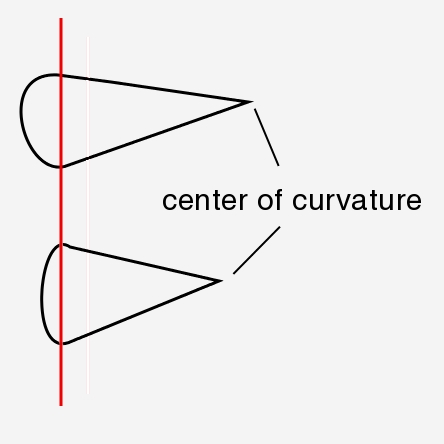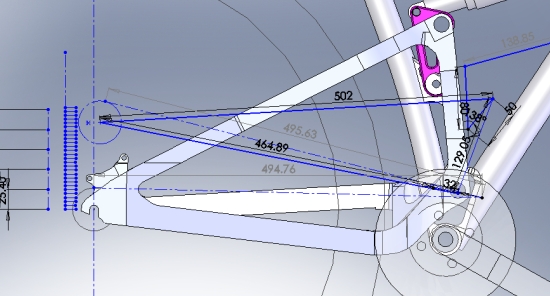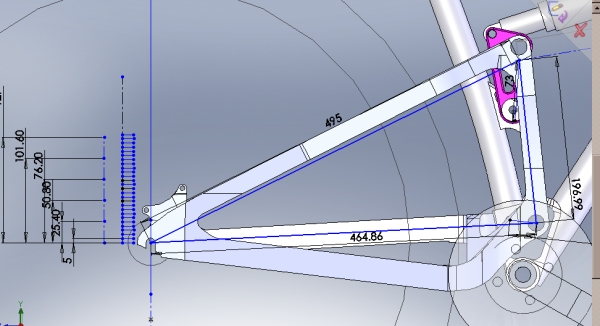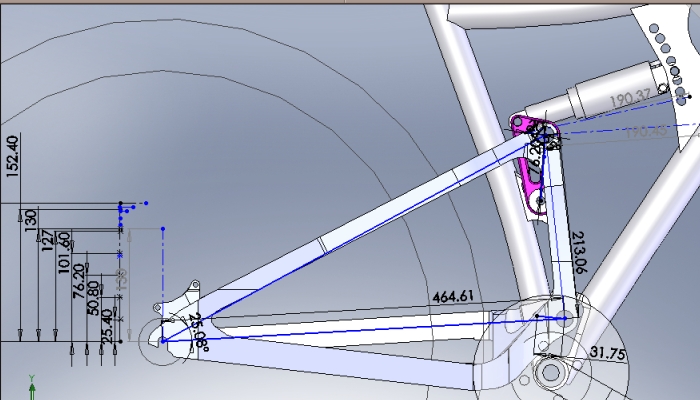Recently, I was a bit critical of Lululemon’s corporate crusade to find John Galt. Not to be outdone by little old me, the Catholic church, barometer of all right and wrong, has just declared yoga to be Satanic–or, more specifically, former Chief Exorcist for the Vatican, Father Gabriele Amorth, has reiterated the Papal stance on the matter. Though I’d grown up Catholic, I had no idea we even had a “Chief Exorcist” on the team, let alone one whose favorite movie is The Exorcist and who’s apparently seen people “vomit shards of glass and pieces of iron.” Given that Father Amorth declared both Yoga and the Harry Potter franchise Satanic while introducing a new movie about exorcism starring Anthony Hopkins, one has to wonder what other rockstar demon-battling superstars the Vatican has had on board all these years. I’d like to think that the few dollars I put in the collection basket all those years went to the development of some bitchin’ bladed throwing crucifixes!
Speaking of all-powerful nation state institutions, Specialized Bicycles seems to have run afoul of Bell Sports, the crew who owns Giro, Bell, and Easton, after perhaps one too many mandates that a shop not sell Bell products or risk losing Specialized dealership status. In case you missed that, Specialized actually does not permit retailers to sell certain other brands. In fact, it’s extremely common. Trek has similar policies in place as well. As the co-800lb gorillas in the retail bike market, these two companies have been left largely unchallenged for years while dictating to helpless independent bicycle retailers just what their inventory is supposed to be. Understanding how this can happen begins with understanding that, in the bike business, “independent” doesn’t mean “free” so much as “without any representation or protection.” Similar parasitic relationships have gone on in this industry for many years.
The irony here of course is that the red-blooded Assos wearing free market capitalist just now taking delivery of his $18,000 Specialized McLaren Venge is usually completely oblivious to the fact that the small business owner who sold him the bike did so with a gun to his head.
But who cares? It’s good business for a company that can leverage its market share to do so every way possible, and why would Specialized and Trek sit on their hands and wait for randy upstarts to engage them in hand-to-hand sales combat when they can carpet bomb the whole industry with regulations from 30,000-feet and keep the competition off the battle field to begin with? It really is better to avoid competition than to take any chances. Especially when you’re producing a superior product–and who can question the superiority of your product if nobody gets a chance to ride anything else? Fair market competition is obsolete once you’re proven you have a superior product by ensuring there is no fair market competition. All the Chosen Ones need to do now is send out some promotional “Who is John Galt, Baby?” bags to their hamstrung retailers.
Alas, one major problem with maintaining a monopoly these days is something called the Internet, which tends to distribute information to people, and has proven extremely resistant to the kind of control guys like Specialized can exert over independent retailers. Though you can buy visibility with flashier web sites and ads, even the largest company ultimately can’t keep people from finding out about competing products on the internet, and, regardless of what anyone tells you, this is one of the reasons you won’t find retailers offering Trek and Specialized products for sale on-line. As long as there’s a virtual monopoly still in place with the antiquated sales structure of bicycles, the guys on top are going to stay on top, and the status is going to stay plenty quo. Now more than ever, though, the Internet is disrupting that model, and the cycling industry is scrambling to adapt to the shake-up. Consumers are researching and buying their products on-line, and that’s going to be increasingly true in the coming years. There comes a point at which ignoring e-commerce will begin to dismantle companies like Trek and Specialized, and we’re almost there.
Consider that Specialized is now selling some products on their web site, and, regardless of what half-assed “payment sharing” plans such direct e-commerce sales claim to offer local dealers, you have to be a complete idiot not to see moves like this for what they really are: attempts to embrace e-commerce without ceding any control to the front-line retailers representing your brand. The much touted line that independent bike shops are completely safe because nobody will ever purchase an expensive bicycle on the internet is a pacifier, stuck in the mouth of the independent bicycle dealer by that brands that don’t know how to handle sales of their products on-line. Ask Competitive Cyclist whether anyone buys high-end bikes on-line. Or any of the other on-line retailers banking over $20M in yearly sales. Does anyone really think a Competitive Cyclist-built custom bicycle arrives at a guy’s house looking like an unbuilt Ikea desk, and that the company has experienced off-the-charts sales growth over the last handful of years because they keep disappointing customers? I owned a company that sold bicycles on the Internet, and I’ve personally exchanged over 80-emails with a single customer regarding a bike purchase–plus those products don’t put themselves up on your web site and if anything customers have far more questions for which they expect real-time answers, even at 2:00am, so the argument “these web guys” have “no overhead,” is a myth perpetuated by the same guys forcing you to increase your pre-book by 10% next year. The IT spend alone is staggering. These places have extensive overhead; it’s just a different type of overhead, and one that some of your brands don’t want you even sniffing around at. In fact, the industry has been so turned around that many retailers see the Internet only as an enemy, not an opportunity. Long term, that will prove to be tragic. Am I saying the e-comm guys have it all figured out? Not at all. Many of them don’t have a clue, and that’s why it’s important for local dealers to at least understand e-commerce as an opportunity. Local brick and mortar dealers have been fed a load of bullshit about the Internet for years, and when the guys who keep you from selling their products on-line start selling them on-line themselves, it’s time to wake up.
By the time you’re throwing up glass and iron, even Father Amorth won’t be able to save you. Might as well open a yoga studio.





